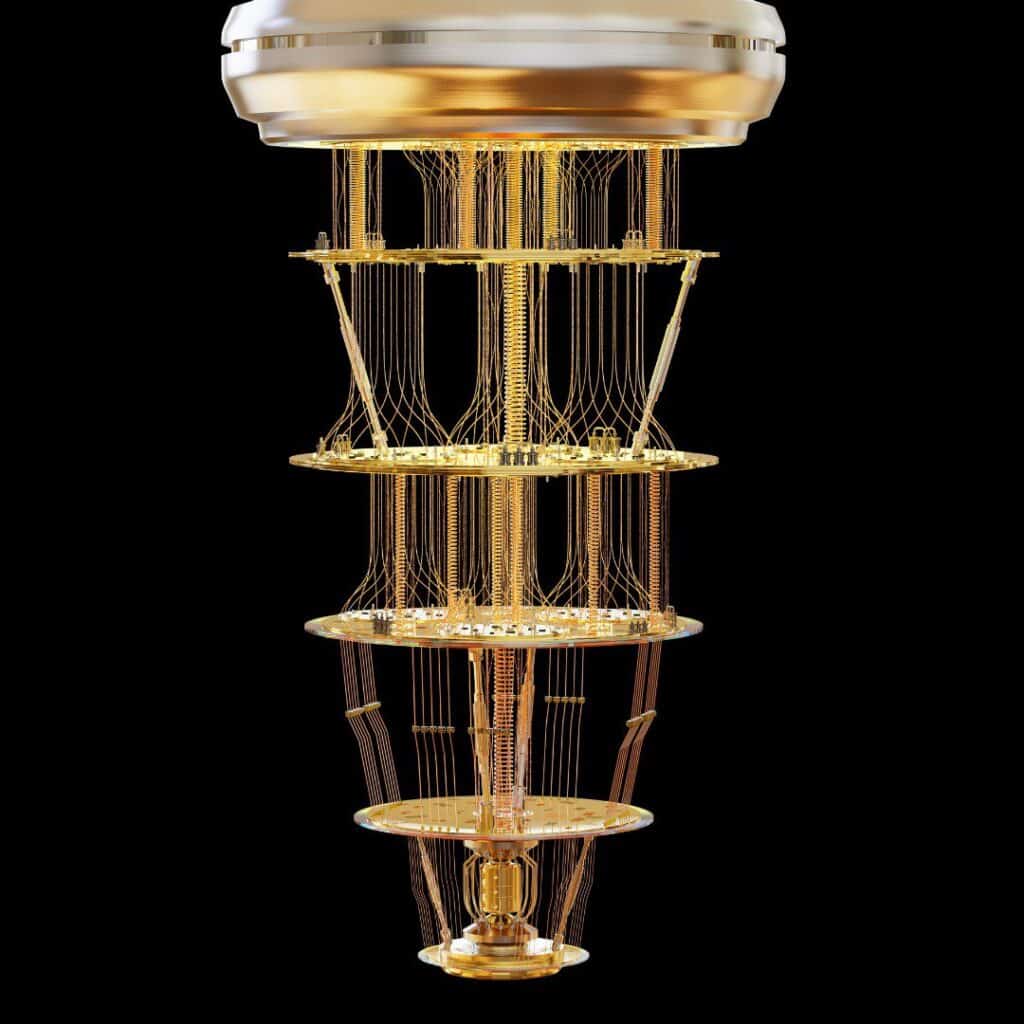Overview
After Microsoft disabled office macros by default for internet-sourced documents, other infection vectors like JavaScript, MSI files, LNK objects, and ISOs have surged in popularity. However, these other techniques are scrutinized by defenders and have a high likelihood of detection. Mature attackers seek to leverage new and undisclosed infection vectors to gain access while evading defenses. A recent example involved DPRK actors using a new command execution technique in MSC files.
Elastic researchers have uncovered a new infection technique also leveraging MSC files, which we refer to as GrimResource. It allows attackers to gain full code execution in the context of
mmc.exe after a user clicks on a specially crafted MSC file. A sample leveraging GrimResource was first uploaded to VirusTotal on June 6th.Key Takeaways
-
Elastic Security researchers uncovered a novel, in-the-wild code execution technique leveraging specially crafted MSC files referred to as GrimResource
-
GrimResource allows attackers to execute arbitrary code in Microsoft Management Console (
mmc.exe) with minimal security warnings, ideal for gaining initial access and evading defenses -
Elastic is providing analysis of the technique and detection guidance so the community can protect themselves
Analysis
The key to the GrimResource technique is using an old XSS flaw present in the
apds.dll library. By adding a reference to the vulnerable APDS resource in the appropriate StringTable section of a crafted MSC file, attackers can execute arbitrary javascript in the context of mmc.exe. Attackers can combine this technique with DotNetToJScript to gain arbitrary code execution.
Reference to apds.dll redirect in StringTable
At the time of writing, the sample identified in the wild had 0 static detections in VirusTotal.
 VirusTotal results
VirusTotal resultsThe sample begins with a transformNode obfuscation technique, which was observed in recent but unrelated macro samples. This aids in evading ActiveX security warnings.

transformNode evasion and obfuscation technique
This leads to an obfuscated embedded VBScript, as reconstructed below:

Obfuscated VBScript
The VBScript sets the target payload in a series of environment variables and then leverages the DotNetToJs technique to execute an embedded .NET loader. We named this component PASTALOADER and may release additional analysis on this specific tool in the future.
 Setting the target payload environment variables
Setting the target payload environment variables
DotNetToJs loading technique
PASTALOADER retrieves the payload from environment variables set by the VBScript in the previous step:

PASTALOADER loader retrieving the payload
Finally, PASTALOADER spawns a new instance of
dllhost.exe and injects the payload into it. This is done in a deliberately stealthy manner using the DirtyCLR technique, function unhooking, and indirect syscalls. In this sample, the final payload is Cobalt Strike. Payload injected into dllhost.exe
Payload injected into dllhost.exeDetections
In this section, we will examine current behavior detections for this sample and present new, more precise ones aimed at the technique primitives.
Suspicious Execution via Microsoft Common Console
This detection was established prior to our discovery of this new execution technique. It was originally designed to identify a different method (which requires the user to click on the Taskpad after opening the MSC file) that exploits the same MSC file type to execute commands through the Console Taskpads command line attribute:
 Command task MSC sample
Command task MSC sampleprocess where event.action == "start" and
process.parent.executable : "?:\Windows\System32\mmc.exe" and process.parent.args : "*.msc" and
not process.parent.args : ("?:\Windows\System32\*.msc", "?:\Windows\SysWOW64\*.msc", "?:\Program files\*.msc", "?:\Program Files (x86)\*.msc") and
not process.executable :
("?:\Windows\System32\mmc.exe",
"?:\Windows\System32\wermgr.exe",
"?:\Windows\System32\WerFault.exe",
"?:\Windows\SysWOW64\mmc.exe",
"?:\Program Files\*.exe",
"?:\Program Files (x86)\*.exe",
"?:\Windows\System32\spool\drivers\x64\3\*.EXE",
"?:\Program Files (x86)\Microsoft\Edge\Application\msedge.exe")It triggers here because this sample opted to spawn and inject a sacrificial instance of dllhost.exe:
 GrimResource detected
GrimResource detected.NET COM object created in non-standard Windows Script Interpreter
The sample is using the DotNetToJScript technique, which triggers another detection looking for RWX memory allocation from .NET on behalf of a Windows Script Host (WSH) script engine (Jscript or Vbscript):
The following EQL rule will detect execution via the .NET loader:
api where
not process.name : ("cscript.exe", "wscript.exe") and
process.code_signature.trusted == true and
process.code_signature.subject_name : "Microsoft*" and
process.Ext.api.name == "VirtualAlloc" and
process.Ext.api.parameters.allocation_type == "RESERVE" and
process.Ext.api.parameters.protection == "RWX" and
process.thread.Ext.call_stack_summary : (
/* .NET is allocating executable memory on behalf of a WSH script engine
* Note - this covers both .NET 2 and .NET 4 framework variants */
"*|mscoree.dll|combase.dll|jscript.dll|*",
"*|mscoree.dll|combase.dll|vbscript.dll|*",
"*|mscoree.dll|combase.dll|jscript9.dll|*",
"*|mscoree.dll|combase.dll|chakra.dll|*"
)The following alert shows
mmc.exe allocating RWX memory and the process.thread.Ext.call_stack_summary captures the origin of the allocation from vbscript.dll to clr.dll : mmc.exe allocating RWX memory
mmc.exe allocating RWX memoryScript Execution via MMC Console File
The two previous detections were triggered by specific implementation choices to weaponize the GrimResource method (DotNetToJS and spawning a child process). These detections can be bypassed by using more OPSEC-safe alternatives.
Other behaviors that might initially seem suspicious — such as
mmc.exe loading jscript.dll, vbscript.dll, and msxml3.dll — can be clarified compared to benign data. We can see that, except for vbscript.dll, these WSH engines are typically loaded by mmc.exe: Normal library load behaviors by mmc.exe
Normal library load behaviors by mmc.exeThe core aspect of this method involves using apds.dll to execute Jscript via XSS. This behavior is evident in the mmc.exe Procmon output as a
CreateFile operation (apds.dll is not loaded as a library): apds.dll being invoked in the MSC StringTable
apds.dll being invoked in the MSC StringTable
Example of the successful execution of GrimResource
We added the following detection using Elastic Defend file open events where the target file is
apds.dll and the process.name is mmc.exe:The following EQL rule will detect the execution of a script from the MMC console:
sequence by process.entity_id with maxspan=1m
[process where event.action == "start" and
process.executable : "?:\Windows\System32\mmc.exe" and process.args : "*.msc"]
[file where event.action == "open" and file.path : "?:\Windows\System32\apds.dll"] Timeline showing the script execution with the MMC console
Timeline showing the script execution with the MMC consoleWindows Script Execution via MMC Console File
Another detection and forensic artifact is the creation of a temporary HTML file in the INetCache folder, named
redirect[*] as a result of the APDS XSS redirection:
Contents of redirect.html
The following EQL correlation can be used to detect this behavior while also capturing the msc file path:
sequence by process.entity_id with maxspan=1m
[process where event.action == "start" and
process.executable : "?:\Windows\System32\mmc.exe" and process.args : "*.msc"]
[file where event.action in ("creation", "overwrite") and
process.executable : "?:\Windows\System32\mmc.exe" and file.name : "redirect[?]" and
file.path : "?:\Users\*\AppData\Local\Microsoft\Windows\INetCache\IE\*\redirect[?]"] Timeline detecting redirect.html
Timeline detecting redirect.htmlAlongside the provided behavior rules, the following YARA rule can be used to detect similar files:
rule Windows_GrimResource_MMC {
meta:
author = "Elastic Security"
reference = "https://www.elastic.co/security-labs/GrimResource"
reference_sample = "14bcb7196143fd2b800385e9b32cfacd837007b0face71a73b546b53310258bb"
arch_context = "x86"
scan_context = "file, memory"
license = "Elastic License v2"
os = "windows"
strings:
$xml = "<?xml"
$a = "MMC_ConsoleFile"
$b1 = "apds.dll"
$b2 = "res://"
$b3 = "javascript:eval("
$b4 = ".loadXML("
condition:
$xml at 0 and $a and 2 of ($b*)
}Conclusion
Attackers have developed a new technique to execute arbitrary code in Microsoft Management Console using crafted MSC files. Elastic’s existing out of the box coverage shows our defense-in-depth approach is effective even against novel threats like this. Defenders should leverage our detection guidance to protect themselves and their customers from this technique before it proliferates into commodity threat groups.
Observables
All observables are also available for download in both ECS and STIX formats.




